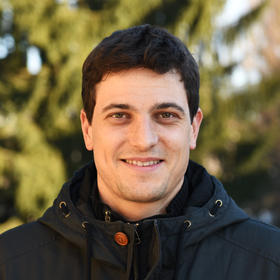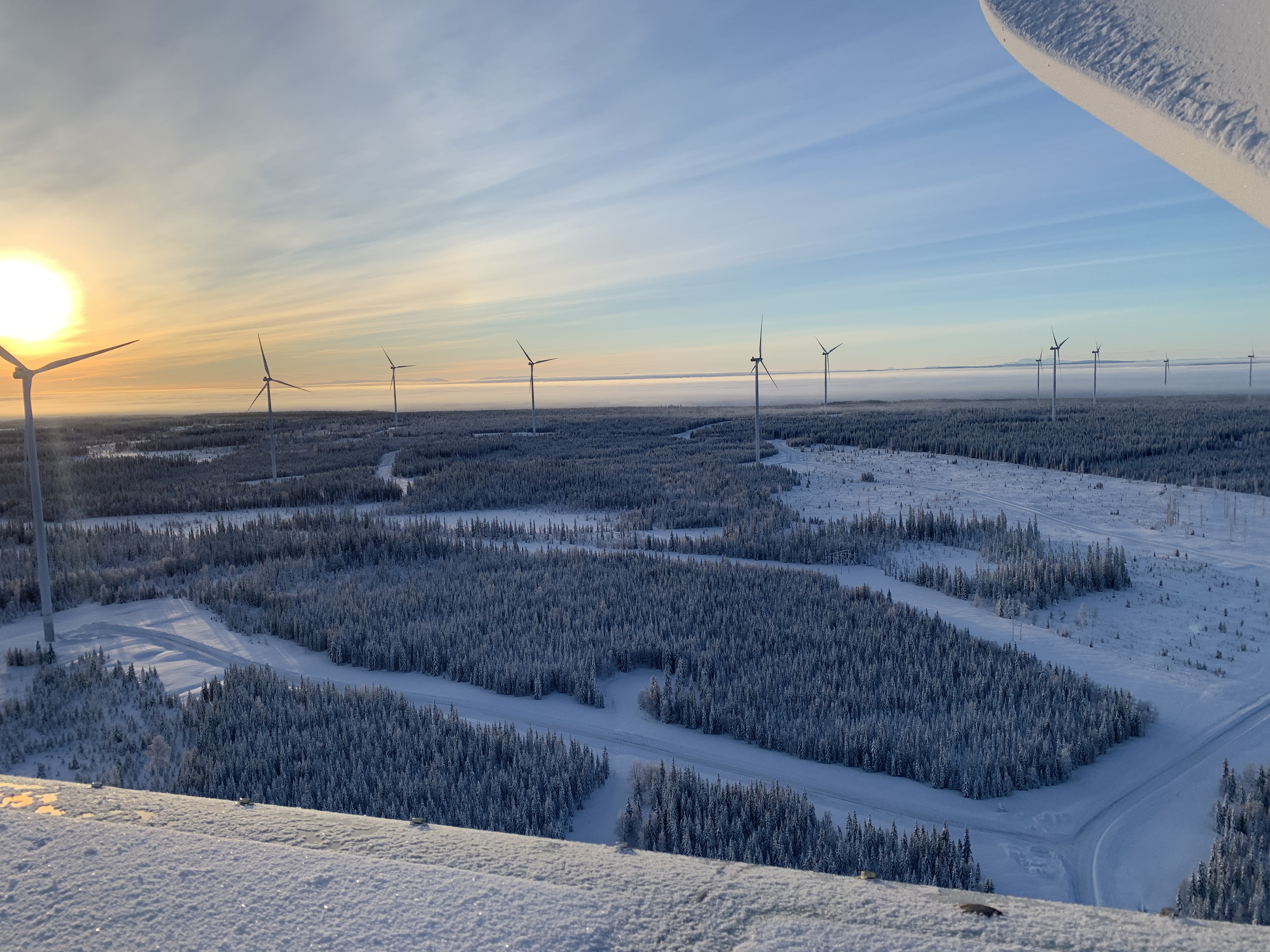We are pleased to announce Paul Froidevaux, Meteotest, CH, as one of the keynotes of #Winterwind2021!
Comparison of four blade-based ice detection systems installed on the same turbine
We installed four blade-based Ice Detection Systems (IDS) on the same Vestas V90 wind turbine at Stor-Rotliden, Sweden: eologix, fos4X, Weidmüller and Wölfel. eologix relies on point-measurements of impedance at the blade surface while the three other tested IDS (hereafter the “vibration-based” IDS) rely on shifts of the blade vibrations frequencies which are related to changes in the overall blade mass. After four winters, we collected a unique dataset of 5’700 hours of simultaneous operation of these four systems, covering around 60 icing events for a total of roughly 2’500 hours of blade icing. We also monitored the blade icing with a nacelle-based webcam pointing at the blades during the entire period. This unique dataset allows for a robust and detailed comparison of the four systems. We will show some anonymized results.
Overall, all four systems appear very reliable in detecting icing. Neither clear false alarm nor missed event has been identified. The availability of ice detection was close to 100% for all systems during production hours for a simulated use case where the test turbine would have been controlled by each IDS according to its respective system certification. In such a use case, the turbine is stopped as soon as the IDS reaches icing alarm. During the field test however, no IDS did control the turbine which was operated without restrictions during icing.
The numeric icing indexes of the three vibration-based IDS are very similar. We nevertheless observed differences in the total duration of the simulated turbine stops due to different sensitivities of the icing alarms applied. Compared to the most sensitive of the three vibration-based IDS, the two other IDS would have triggered turbine ice safety stops approximately 30, respectively 90, minutes later on average. In terms of turbine stops, larger differences were found between eologix and the vibration-based systems.
Overall, eologix would have triggered less and shorter turbine stops. These differences are likely related to the fundamentally different approaches used to derive blade icing.
We had very constructive discussions with each IDS manufacturer about the specific results of its system. This experiment also represented a rare opportunity for them to gain more experience on the behavior of
their system during conditions that they otherwise never, or very rarely, encounter such as a wind turbine operating with several hundreds of kilograms of ice on its blades.
Paul Froidevaux holds a…
…PhD in Climatology. He has been working at Meteotest for 6 years. He is the Swiss representative in the IEA Task 19 and has been active in wind energy in cold climate since 4 years, mainly by providing operational icing forecasts and performing consultancy for OEM manufacturers on their ice protection systems. Apart from wind energy, Paul has diverse activities at Meteotest, such as e.g. developing an icing forecasting tool for Swiss rescue helicopters, performing extreme wind assessments for cable cars in the Alps or providing operational numerical weather predictions for mountain expeditions in the Himalaya. Paul also likes direct contact with snow and ice as a hockey player and Nordic skier.
Check ou the preliminary program here!
Still time to sign up here!

